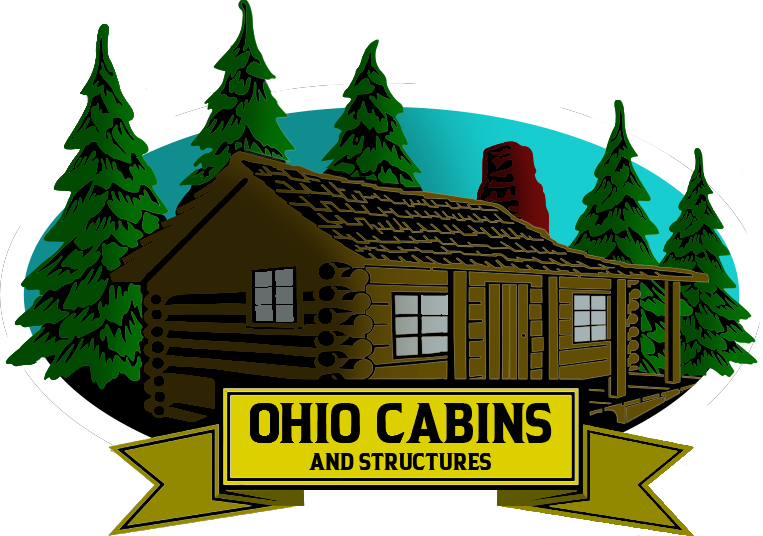Log cabins have a timeless charm that blends rustic appeal with modern comfort. They can serve as a weekend getaway, a retirement home, or a full-time residence. But before you start imagining cozy evenings by the fire, you need to understand what it will cost to bring that dream to life. The cost to build a log cabin can vary widely depending on size, materials, labor, and location. This guide will break down the key factors so you can plan your budget with confidence.
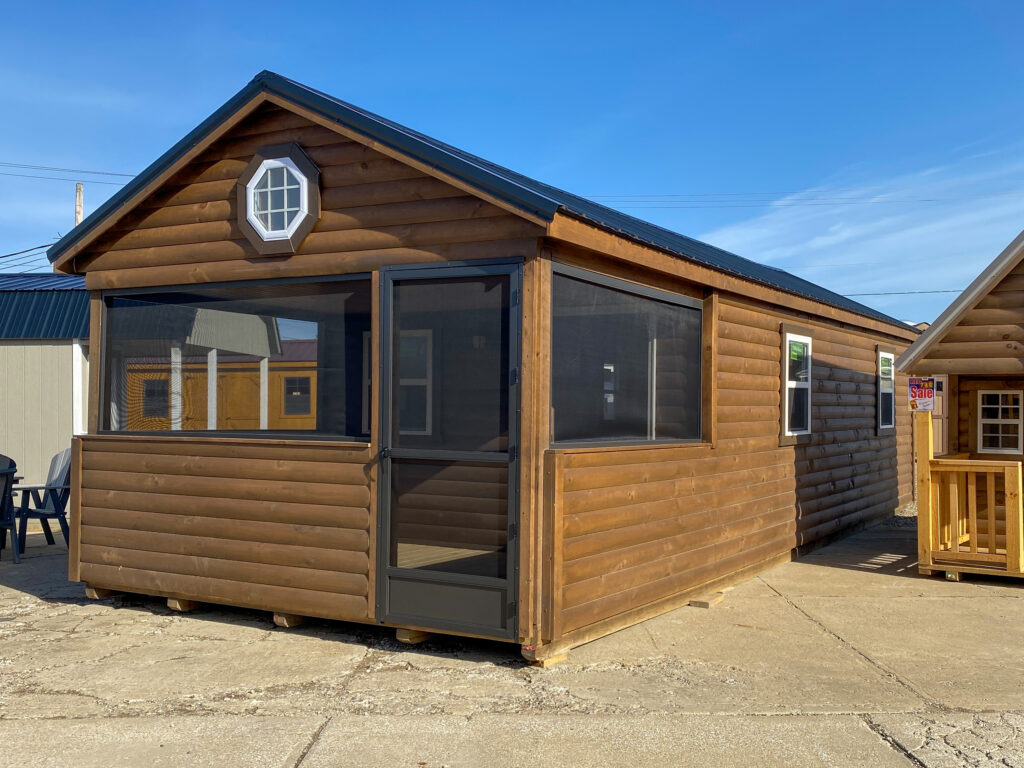
National Average Cost
Across the United States, the cost to build a log cabin can range from $125 to $300 per square foot. A modest 1,000-square-foot cabin might cost between $125,000 and $175,000, while a larger, more customized 2,000-square-foot build can exceed $400,000. Your actual cost will depend on design complexity, the type of logs you choose, and site conditions. According to the National Association of Home Builders, construction costs have fluctuated in recent years due to material price changes and labor availability, making careful budgeting more important than ever.

Factors That Influence Cost
Every log cabin project is unique, but several core factors consistently influence the final price:
1. Size and Layout
The size of the cabin has the most direct impact on cost. A small, single-story cabin with a simple layout will cost less per square foot than a large, multi-story home with complex rooflines and multiple bedrooms. Open floor plans can save on materials and labor, while intricate designs with lofts, dormers, or wraparound porches will increase costs.
2. Type of Logs
Logs come in different species, shapes, and finishes. Cedar and pine are popular choices, each with different price points. Handcrafted logs cost more than milled logs because they require more labor. Pre-cut log kits can reduce costs and speed up construction but may limit customization. Higher-quality logs with better insulation properties can raise upfront costs but save money on heating and cooling over time.
3. Location and Site Preparation
Where you build your cabin matters. Land prices vary dramatically between rural and suburban areas. Site preparation costs can include clearing trees, grading, and installing utilities. Remote sites may require special equipment or extra transportation fees for materials. If your cabin will be in a cold climate, you may also need a deeper foundation to protect against frost, which can add to the cost.
4. Labor Costs
Labor rates differ by region and by the complexity of the build. Areas with high demand for skilled trades can drive prices higher. If you hire a company that specializes in log cabins, you may pay a premium for their expertise, but you’ll likely get better craftsmanship and fewer issues down the road. For those with building experience, a do-it-yourself approach can cut labor costs significantly, but it will require more time and effort.
5. Custom Features
Cabin features such as stone fireplaces, vaulted ceilings, large decks, and high-end kitchens add to both material and labor costs. While these upgrades can make your cabin more enjoyable and increase its resale value, they also expand your budget. Deciding which features are “must-haves” versus “nice-to-haves” is essential during the planning stage.
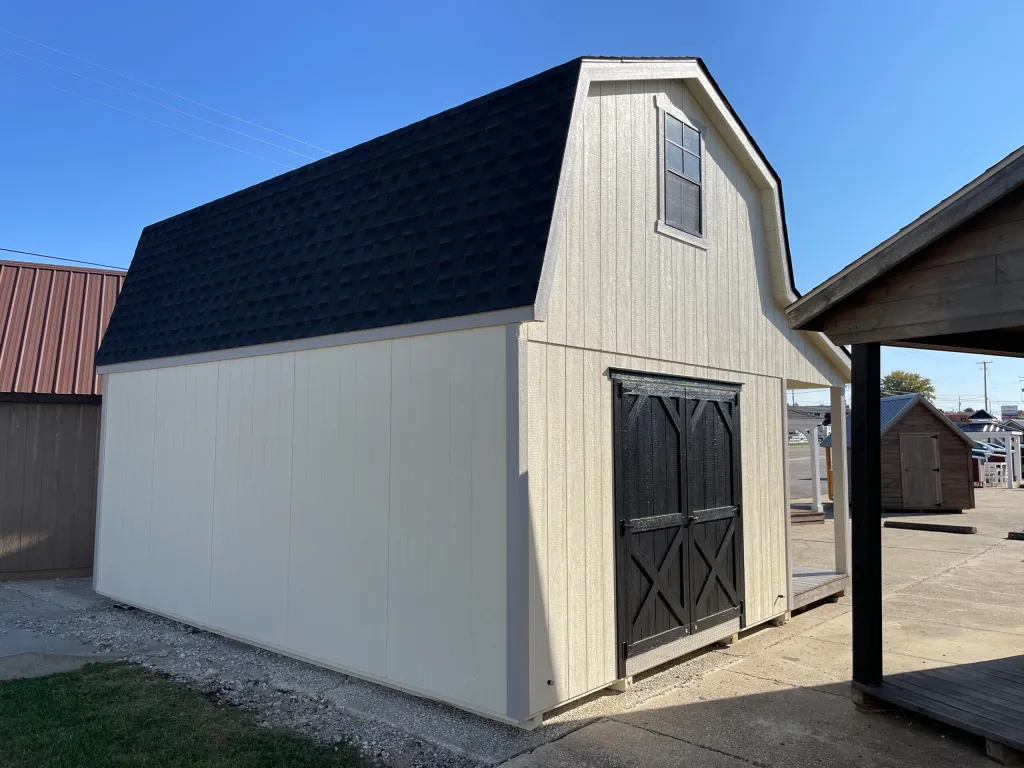
Breaking Down the Cost
A log cabin’s budget typically includes several key components:
- Land purchase: Prices vary widely by location, access, and zoning.
- Site preparation: Clearing, grading, and utility installation.
- Foundation: Slab, crawl space, or full basement.
- Log materials: Milled, handcrafted, or pre-cut kits.
- Framing and assembly: Labor to construct walls, roof, and floors.
- Roofing: Metal, shingle, or specialty materials.
- Interior finishes: Flooring, cabinetry, fixtures, and paint or stain.
- Permits and inspections: Local building department requirements.
Cost-Saving Strategies
Building a log cabin doesn’t have to break the bank. Here are a few ways to manage costs without sacrificing quality:
Consider a smaller footprint with a simple design. Choose locally sourced logs to reduce transportation costs. Compare bids from multiple contractors to find the best combination of price and experience. If possible, schedule construction during the off-season when contractors may offer better rates. You can also take on some finishing tasks yourself, such as staining or landscaping, to cut labor expenses.
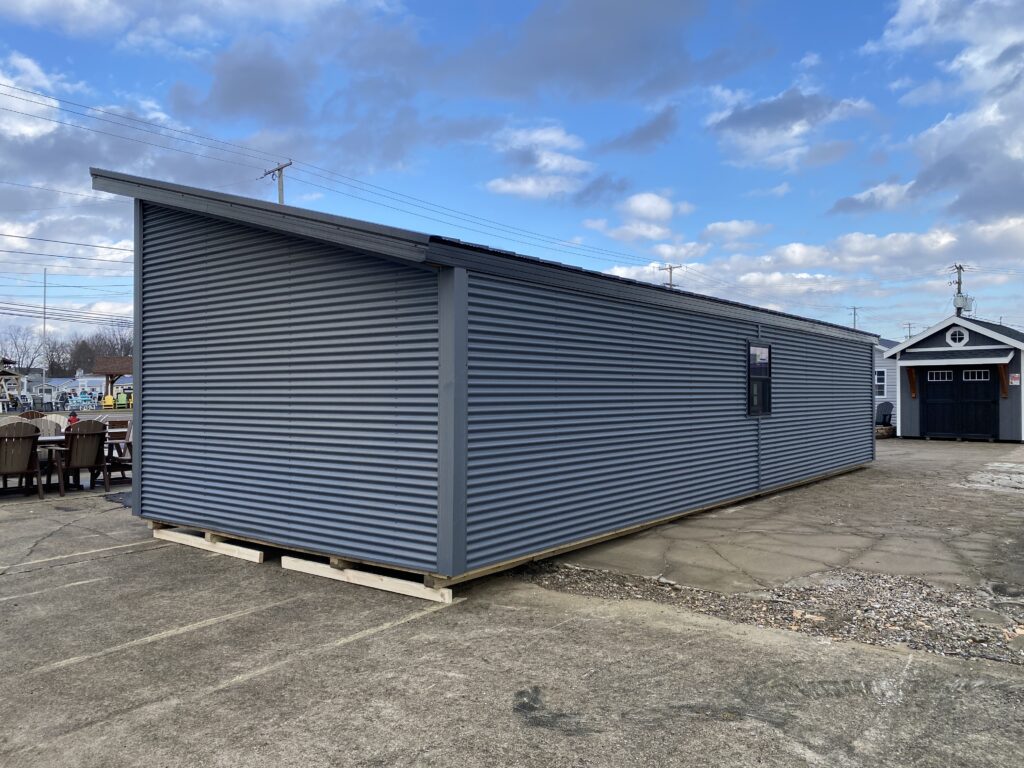
Log Cabin Kits vs. Custom Builds
Log cabin kits provide all the materials needed for the shell of the home, pre-cut and ready for assembly. They can reduce waste, speed up construction, and lower costs. However, they may limit customization and require you to follow the manufacturer’s specifications closely.
Custom builds give you complete freedom over the design and materials but typically cost more and take longer to finish. If you want a truly one-of-a-kind cabin with unique architectural details, a custom build may be worth the investment. The choice between a kit and a custom build depends on your budget, timeline, and design goals.
Permits and Regulations
Before breaking ground, you’ll need to secure the necessary building permits. Local building codes dictate foundation requirements, insulation standards, and other structural details. In some areas, log cabins must meet the same energy efficiency standards as conventional homes. The U.S. Department of Energy offers resources to help you understand energy requirements for residential construction.
Financing Your Log Cabin
Financing options for log cabins vary based on whether the home will be your primary residence, a vacation property, or an investment. Many lenders treat log cabins the same as conventional homes if they meet local codes and are built on a permanent foundation. You may qualify for a conventional mortgage, FHA loan, or VA loan if you meet eligibility requirements. Always check with your lender early in the planning process to understand the documentation and inspections they require.
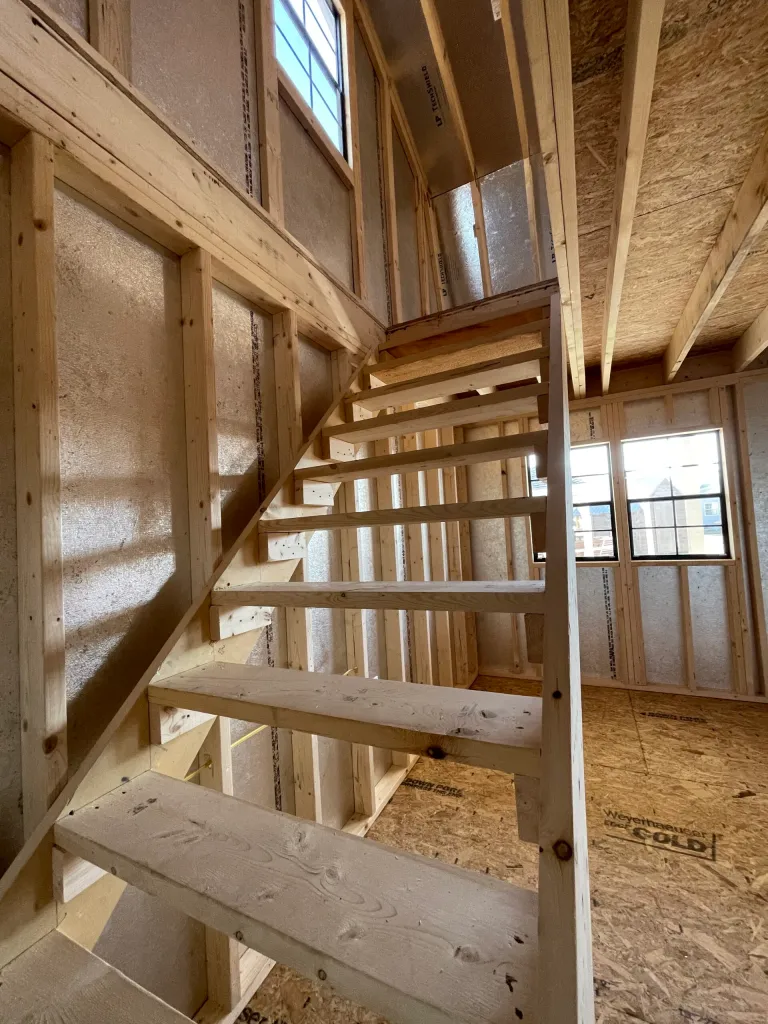
Maintenance and Long-Term Costs
Owning a log cabin comes with ongoing maintenance to protect the wood from moisture, pests, and UV damage. Regular staining or sealing, roof inspections, and chinking (sealing gaps between logs) are essential for longevity. While these tasks add to your long-term costs, they help preserve the beauty and structural integrity of your cabin for decades.
Resale Value
Well-built and well-maintained log cabins can hold their value over time, especially in desirable vacation or mountain regions. Unique features, energy efficiency, and proximity to amenities can boost resale appeal. If you plan to sell in the future, focus on quality construction and timeless design rather than overly trendy features.
How Location Impacts Price
In Ohio, for example, the cost to build a log cabin can be lower than in coastal states due to more affordable land and labor. Rural counties may offer larger plots at competitive prices, while proximity to lakes or tourist destinations can raise costs. Working with a local builder familiar with the region’s climate and building codes can help you make informed decisions and avoid costly mistakes.

Is a Log Cabin Worth the Investment?
For many, the answer is yes. A log cabin offers a lifestyle that blends comfort with the outdoors. While the upfront investment can be significant, the durability, charm, and potential for rental income or resale value make it appealing. Whether you’re building a small retreat or a full-time residence, careful planning and budgeting are the keys to a successful project.
Final Thoughts
The cost to build a log cabin varies widely based on design, location, and materials. By understanding the factors that influence pricing, you can create a realistic budget and avoid surprises. From choosing the right logs to finding skilled labor, every decision impacts the final outcome. If you’re ready to explore your options in Ohio, Ohio Cabin and Structures can help you design and build a log cabin that fits your vision and your budget.
